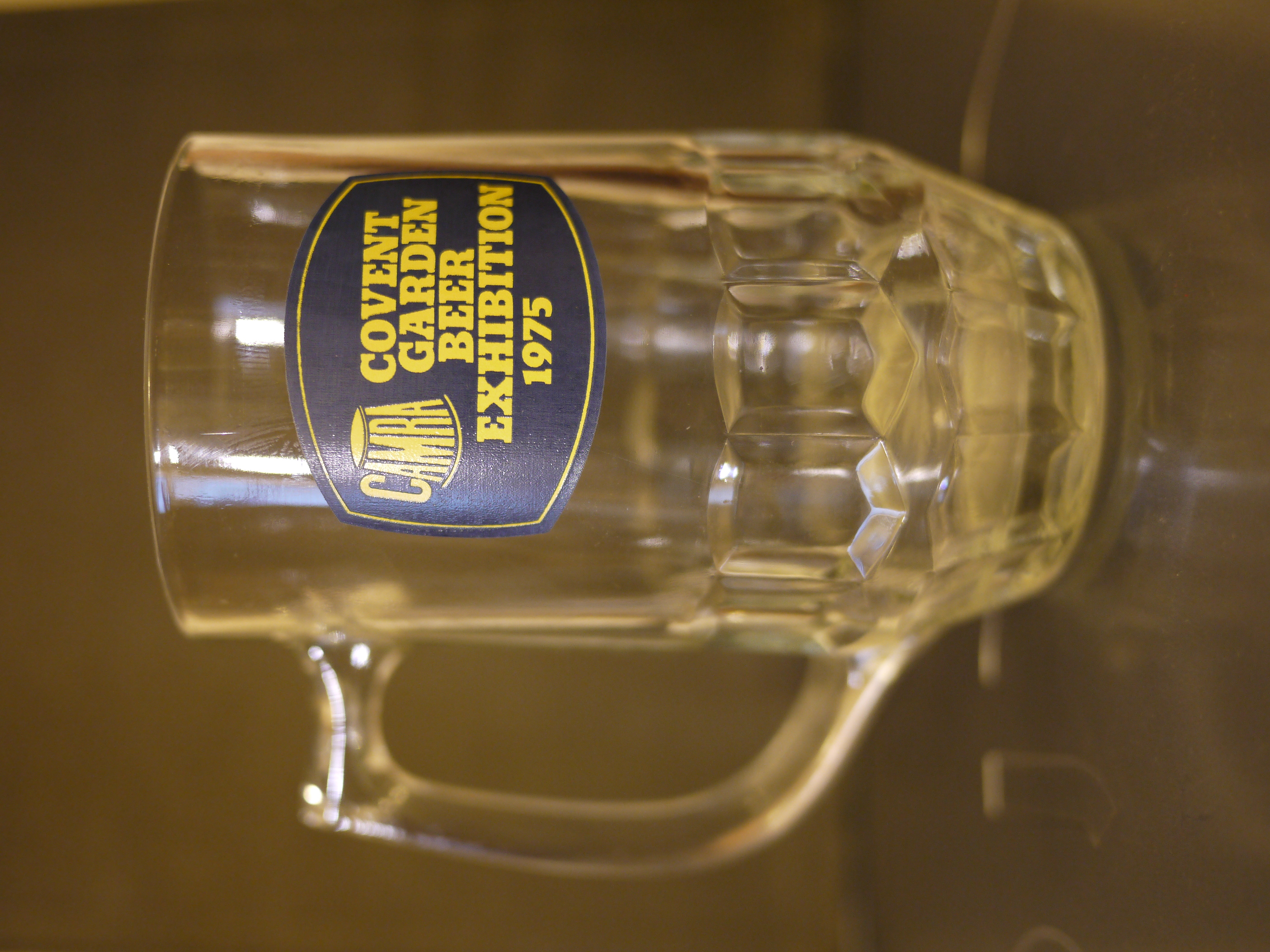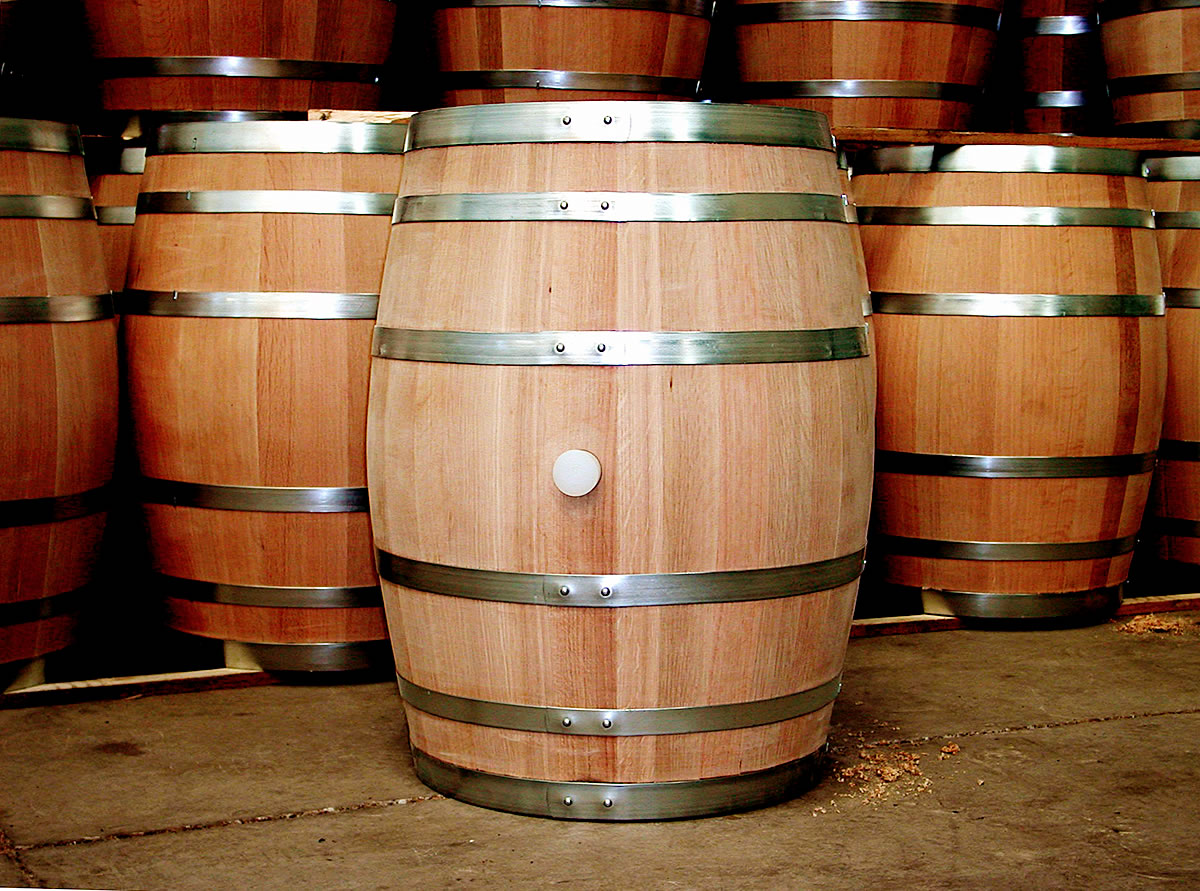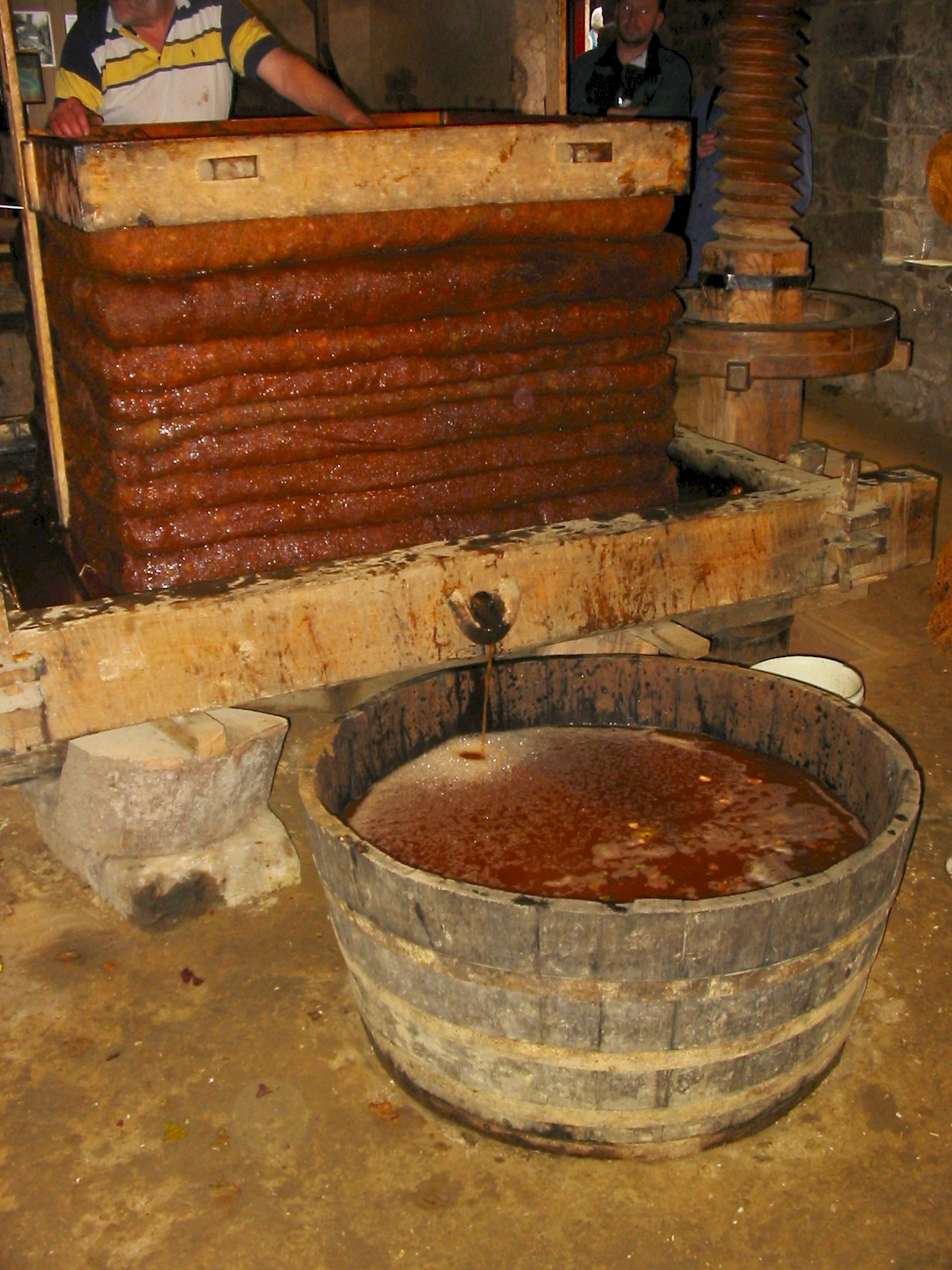|
Campaign For Real Ale
The Campaign for Real Ale (CAMRA) is an independent voluntary consumer organisation headquartered in St Albans, which promotes real ale, cider and perry and traditional British pubs and clubs. History The organisation was founded on 16 March 1971 in Kruger's Bar, Dunquin, County Kerry, Ireland, by Michael Hardman, Graham Lees, Jim Makin, and Bill Mellor, who were opposed to the growing mass production of beer and the homogenisation of the British brewing industry. The original name was the Campaign for the Revitalisation of Ale. Following the formation of the Campaign, the first annual general meeting took place in 1972, at the Rose Inn in Coton Road, Nuneaton. Early membership consisted of the four founders and their friends. Interest in CAMRA and its objectives spread rapidly, with 5,000 members signed up by 1973. Other early influential members included Christopher Hutt, author of ''Death of the English Pub'', who succeeded Hardman as chairman, Frank Baillie, autho ... [...More Info...] [...Related Items...] OR: [Wikipedia] [Google] [Baidu] |
CAMRA Logo Black SVG
The Campaign for Real Ale (CAMRA) is an independent voluntary consumer organisation headquartered in St Albans, which promotes real ale, real cider, cider and perry and traditional British pubs and clubs. History The organisation was founded on 16 March 1971 in Kruger's Bar, Dunquin, County Kerry, Ireland, by Michael Hardman, Graham Lees, Jim Makin, and Bill Mellor, who were opposed to the growing mass production of beer and the homogenisation of the British brewing industry. The original name was the Campaign for the Revitalisation of Ale. Following the formation of the Campaign, the first annual general meeting took place in 1972, at the Rose Inn in Coton Road, Nuneaton. Early membership consisted of the four founders and their friends. Interest in CAMRA and its objectives spread rapidly, with 5,000 members signed up by 1973. Other early influential members included Christopher Hutt, author of ''Death of the English Pub'', who succeeded Hardman as chairman, Frank Baillie, ... [...More Info...] [...Related Items...] OR: [Wikipedia] [Google] [Baidu] |
Good Beer Guide
The ''Good Beer Guide'' is a book published annually by the Campaign for Real Ale (CAMRA), listing what it considers to be the best 4,500 real ale outlets (pubs, clubs, and off-licences) in the United Kingdom. Details The content of the ''Guide'' is decided upon by volunteers in CAMRA's local branches. Throughout the preceding year, CAMRA members anonymously rate the quality of the cellarmanship of beer in venues using CAMRA's National Beer Scoring System (NBSS) through eitheWhatPubor the ''Good Beer Guide'' app. These scores are then reviewed by local volunteers in the spring, who put forward those they consider to serve the best real ale. The number of entries each branch area has is decided at county level, with an emphasis on ensuring that a geographically wide spread set of entries are included in each year's Guide. Entries for each venue give details on factual information such as opening times, food availability and accessibility of the property, as well as subjective i ... [...More Info...] [...Related Items...] OR: [Wikipedia] [Google] [Baidu] |
Olympia, London
Olympia Events, formerly known as Olympia London and sometimes referred to as the Olympia Exhibition Centre, is an exhibition centre, event space and conference centre in West Kensington, in the London Borough of Hammersmith and Fulham, London, England. A range of international trade and consumer exhibitions, conferences and sporting events are staged at the venue. There is an adjacent railway station at Kensington (Olympia) which is both a London Overground station, and a London Underground station. The direct District Line spur to the station only runs at weekends. Background The complex first opened in 1886. The Grand Hall and Pillar Hall were completed in 1885. The National Hall annexe was completed in 1923, and in 1930 the Empire Hall was added. After World War II, the West London exhibition hall was in single ownership with the larger nearby Earls Court Exhibition Centre. The latter was built in the 1930s as a rival to Olympia. In 2008, ownership of the two ve ... [...More Info...] [...Related Items...] OR: [Wikipedia] [Google] [Baidu] |
Great British Beer Festival
The Great British Beer Festival (sometimes abbreviated as GBBF) is an annual beer festival organised by the Campaign for Real Ale (CAMRA). It presents a selection of cask ales, and the Champion Beer of Britain awards, and is held in August of each year. GBBF's sister festival, the Great British Beer Festival Winter, is held in February each year. Description Great British Beer Festival is styled as the "biggest pub in the world" and offers around 900 different beverages, at least 450 of which are beers from British breweries, as well as around 200 foreign beers from countries including Belgium, Germany and the USA, as well traditional British cider and perry. The festival is staffed by unpaid volunteers, around 1,000 of whom work at the festival. The festival is usually held during the first full week in August and runs from Tuesday to Saturday. The Tuesday afternoon session is only open to the trade and press, with the Champion Beer of Britain award winners being announc ... [...More Info...] [...Related Items...] OR: [Wikipedia] [Google] [Baidu] |
GBBF 2
The Great British Beer Festival (sometimes abbreviated as GBBF) is an annual beer festival organised by the Campaign for Real Ale (CAMRA). It presents a selection of cask ales, and the Champion Beer of Britain awards, and is held in August of each year. GBBF's sister festival, the Great British Beer Festival Winter, is held in February each year. Description Great British Beer Festival is styled as the "biggest pub in the world" and offers around 900 different beverages, at least 450 of which are beers from British breweries, as well as around 200 foreign beers from countries including Belgium, Germany and the USA, as well traditional British cider and perry. The festival is staffed by unpaid volunteers, around 1,000 of whom work at the festival. The festival is usually held during the first full week in August and runs from Tuesday to Saturday. The Tuesday afternoon session is only open to the trade and press, with the Champion Beer of Britain award winners being announce ... [...More Info...] [...Related Items...] OR: [Wikipedia] [Google] [Baidu] |
CAMRA Pub Heritage Group
The Campaign for Real Ale (CAMRA) is an independent voluntary consumer organisation headquartered in St Albans, which promotes real ale, cider and perry and traditional British pubs and clubs. History The organisation was founded on 16 March 1971 in Kruger's Bar, Dunquin, County Kerry, Ireland, by Michael Hardman, Graham Lees, Jim Makin, and Bill Mellor, who were opposed to the growing mass production of beer and the homogenisation of the British brewing industry. The original name was the Campaign for the Revitalisation of Ale. Following the formation of the Campaign, the first annual general meeting took place in 1972, at the Rose Inn in Coton Road, Nuneaton. Early membership consisted of the four founders and their friends. Interest in CAMRA and its objectives spread rapidly, with 5,000 members signed up by 1973. Other early influential members included Christopher Hutt, author of ''Death of the English Pub'', who succeeded Hardman as chairman, Frank Baillie, author of ... [...More Info...] [...Related Items...] OR: [Wikipedia] [Google] [Baidu] |
Wessex
The Kingdom of the West Saxons, also known as the Kingdom of Wessex, was an Anglo-Saxon Heptarchy, kingdom in the south of Great Britain, from around 519 until Alfred the Great declared himself as King of the Anglo-Saxons in 886. The Anglo-Saxons believed that Wessex was founded by Cerdic and Cynric of the Gewisse, though this is considered by some to be a legend. The two main sources for the history of Wessex are the West Saxon Genealogical Regnal List and the ''Anglo-Saxon Chronicle'' (the latter of which drew on and adapted an early version of the List), which sometimes conflict. Wessex became a Christianity, Christian kingdom after Cenwalh () was baptised and was expanded under his rule. Cædwalla later conquered Kingdom of Sussex, Sussex, Kingdom of Kent, Kent and the Isle of Wight. His successor, Ine of Wessex, Ine (), issued one of the oldest surviving English law codes and established a second West Saxon bishopric. The throne subsequently passed to a series of kings wit ... [...More Info...] [...Related Items...] OR: [Wikipedia] [Google] [Baidu] |
West Midlands (region)
The West Midlands is one of nine official regions of England at the first level of International Territorial Level for statistical purposes. It covers the western half of the area known traditionally as the Midlands. The region consists of the counties of Herefordshire, Shropshire, Staffordshire, Warwickshire, West Midlands and Worcestershire. The region has seven cities: Birmingham, Coventry, Hereford, Lichfield, Stoke-on-Trent, Wolverhampton and Worcester. The West Midlands region is geographically diverse, from the urban central areas of the West Midlands conurbation to the rural counties of Herefordshire, Shropshire which border Wales, and Worcestershire. The region is landlocked; however, the longest river in the UK, the River Severn, traverses the region south-eastwards, flowing through the county towns of Shrewsbury and Worcester, and the Ironbridge Gorge, a UNESCO World Heritage Site. Staffordshire is home to the industrialised Potteries conurbation, incl ... [...More Info...] [...Related Items...] OR: [Wikipedia] [Google] [Baidu] |
Cask
A barrel or cask is a hollow cylindrical container with a bulging center, longer than it is wide. They are traditionally made of wooden staves and bound by wooden or metal hoops. The word vat is often used for large containers for liquids, usually alcoholic beverages; a small barrel or cask is known as a keg. Barrels have a variety of uses, including storage of liquids such as water, oil, and alcohol. They are also employed to hold maturing beverages such as wine, cognac, armagnac, sherry, port, whiskey, beer, arrack, and sake. Other commodities once stored in wooden casks include gunpowder, meat, fish, paint, honey, nails, and tallow. Modern wooden barrels for wine-making are made of English oak (''Quercus robur''), white oak (''Quercus petraea''), American white oak (''Quercus alba''), more exotic is mizunara oak ('' Quercus crispula''), and recently Oregon oak ('' Quercus garryana'') has been used. Someone who makes traditional wooden barrels is called a coope ... [...More Info...] [...Related Items...] OR: [Wikipedia] [Google] [Baidu] |
Cider
Cider ( ) is an alcoholic beverage made from the Fermented drink, fermented Apple juice, juice of apples. Cider is widely available in the United Kingdom (particularly in the West Country) and Ireland. The United Kingdom has the world's highest per capita consumption, as well as the largest cider-producing companies. Ciders from the South West of England are generally higher in alcoholic content. Cider is also popular in many Commonwealth of Nations, Commonwealth countries, such as India, South Africa, Canada, Australia, New Zealand, and New England. As well as the UK and its former colonies, cider is popular in Portugal (mainly in Entre-Douro-e-Minho Province, Minho and Madeira), France (particularly Normandy and Brittany), northern Italy (specifically Friuli), and northern Spain (specifically Asturias and Basque Country (greater region), Basque Country). Germany also has its own types of cider with Rhineland-Palatinate and Hesse producing a particularly tart version known as A ... [...More Info...] [...Related Items...] OR: [Wikipedia] [Google] [Baidu] |
Mild Beer
Mild ale is a type of ale. Modern milds are mostly dark-coloured, with an alcohol by volume (ABV) of 3% to 3.6%, although there are lighter-hued as well as stronger milds, reaching 6% abv and higher. Mild originated in Britain in the 17th century or earlier, and originally meant a young ale, as opposed to a "stale" aged or old ale. Mild experienced a sharp decline in popularity in the 1960s, and was in danger of completely disappearing, but the increase of microbreweries has led to a modest renaissance and an increasing number of milds (sometimes labelled "dark") being brewed. The Campaign for Real Ale has designated May as Mild Month. In the United States, a group of beer bloggers organised the first American Mild Month for May 2015, with forty-five participating breweries across the country. History "Mild" was originally used to designate any beer which was young, fresh or unaged and did not refer to a specific style of beer. Thus there was Mild Ale but also Mild Porter and e ... [...More Info...] [...Related Items...] OR: [Wikipedia] [Google] [Baidu] |






